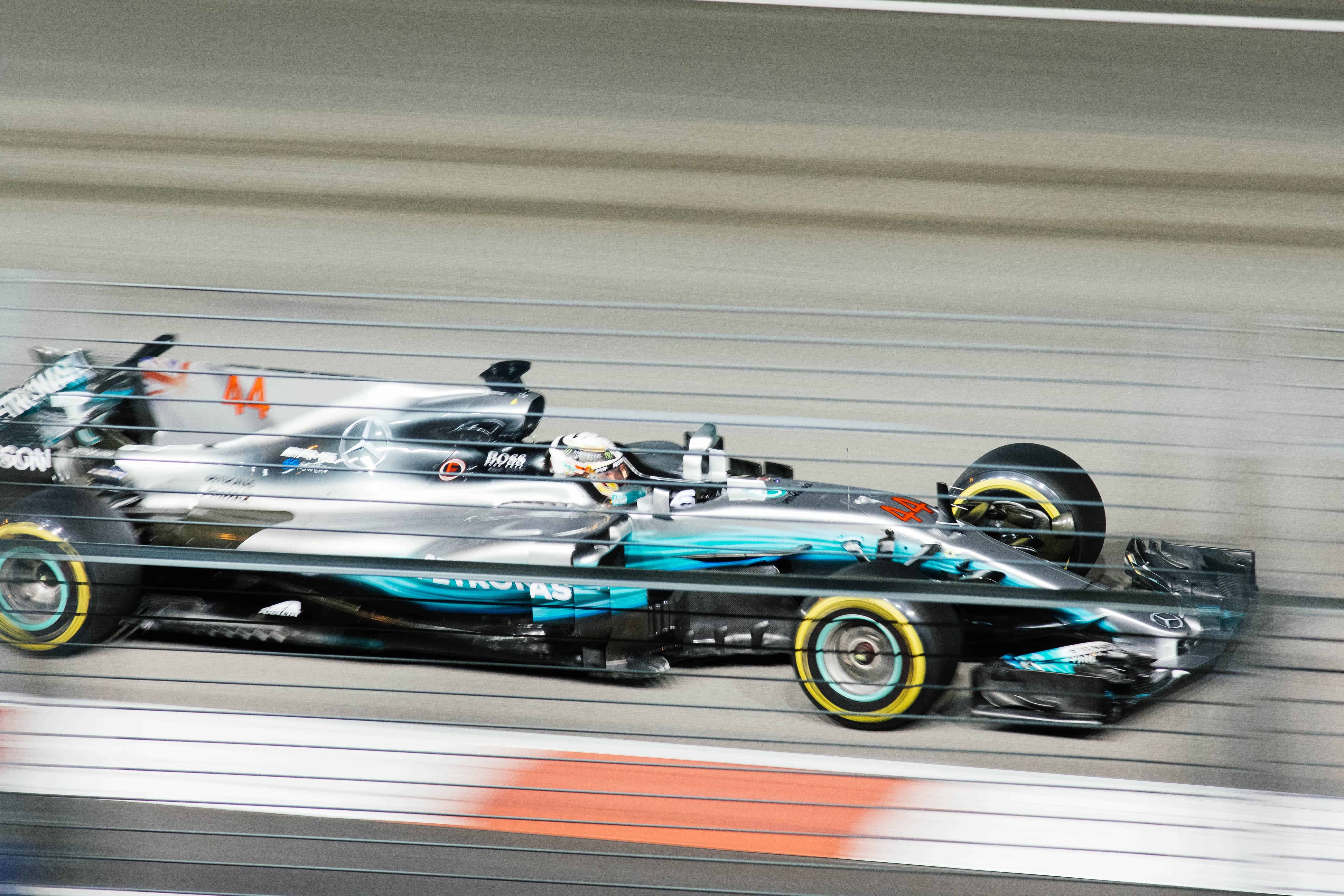By Hannah Bowater
Formula One has for decades been a jewel in the crown of European sport with races in the continent making up the vast majority of the calendar. But for one reason or another, the American market remained largely unmoved by the pinnacle of motorsport. Instead, the United States has historically opted for NASCAR as its preferred form of racing.
That was until Netflix joined the party.
The company has a growing list of sporting docuseries including Sunderland Til I Die; The Last Dance and Last Chance U, and decided it was about time that motorsports were explored. And so, Drive to Survive was born. Consisting of 10 episodes per season, the series takes a behind the scenes look at the glitz and glamour of the Formula One paddock.
And it was a massive success.
Viewing figures for F1 races have grown exponentially since the series began streaming in 2019, culminating in huge interest in America in particular for the 2021 season. Luckily for Netflix viewers, 2021 provided the most exciting, hard-fought season since the beginning of the turbo-hybrid era in 2014.
The nail-biting title battle between the sports’ most successful driver of all time, Sir Lewis Hamilton, and young gun Red Bull driver, Max Verstappen, has been hailed by many as the best world championship fight since the days of Senna and Prost.
However, despite this season being full to the brim with drama, that was still not enough for neither the race directors nor the Netflix producers who decided to manufacture yet more dramatic moments.
Take the latest season of Drive to Survive for example. The series has come under intense scrutiny from the drivers themselves for the creation of false narratives such as tensions between teammates, like McLaren pairing Daniel Ricciardo and Lando Norris. A reaction video from both drivers revealed that the show had intentionally mismatched team radio messages to simulate a bitter rivalry between the two.
Such is the level of misrepresentation in the series that F1 bosses have since sat down with Netflix producers to minimise the damage being done to the brand of both Formula One and its drivers.
Overdramatising is perhaps inevitable when it comes to reality TV. What was not supposed to be inevitable however, was the dramatisation of races themselves. As mentioned, the races of the 2021 season were some of the most mind-blowing, nail-biting and intense seen for years, with many of the races producing downright unpredictable results. From McLaren’s unexpected 1-2 in Monza to Esteban Ocon’s maiden win in an Alpine, the season was a dazzling spectacle of the sport at its very best.
It wasn’t without controversy, however, particularly in the main title battle between Mercedes and Red Bull as the season saw numerous flashpoints between Hamilton and Verstappen, often resulting in crashes between the pair like in Silverstone and Monza.
In three of the final four races of the season, the race director in particular, came under intense scrutiny with many claiming their decisions were being heavily influenced by a perceived need for excitement. This need for drama was largely due to Netflix’s presence in the paddock which was again leading to increased viewership on race weekends. In all three of the final races – Brazil, Saudi Arabia, and Abu Dhabi – race director Michael Masi made controversial decisions (or lack thereof) which ultimately influenced the battle for supremacy at the top of the World Championship table.
A non-investigation of Max Verstappen aggressively pushing Lewis Hamilton off track in Brazil was followed by a very minimalistic 10 second time penalty on Verstappen for a brake check on Lewis Hamilton in Saudi Arabia. The result of all of this was that the two went into the final race of the season in Abu Dhabi level on 369.5 points apiece.
One race. The winner takes all. The two title rivals start side by side on the front row.
It was better than Netflix producers could’ve dreamed.
Yet still, people wanted more.
Unfortunately, one person in particular who wanted more was race director Michael Masi, who still wasn’t finished making controversial decisions.
Following a late safety car caused by Nicholas Latifi crashing into the wall, Masi decided he would take the outcome of the race into his own hands. Soon after the crash, it became apparent that the track may not be cleared in time for the race to resume, leading to the race ending under a safety car with Lewis Hamilton (who had dominated the majority of the race) winning both the race and the World Drivers’ Championship. Masi felt this would be an unsatisfying, anticlimactic end to one of the most extraordinary title battles to date. Therefore, rather than following standard safety car procedure, Masi elected to allow the five lapped cars in between Hamilton and Verstappen to unlap themselves. This meant that Max Verstappen who had just pitted for fresher, faster tyres would restart the race directly behind a very vulnerable Lewis Hamilton whose tyres were much older and therefore, much slower.
The only issue was, Masi did not let all lapped cars overtake the safety car and unlap themselves – as the rules state should be the case. Had Masi done this, the race would have ended under a safety car due to the number of laps remaining and the time it would have taken for all cars to be allowed through.
The outcome of all of this was Max Verstappen was handed a golden opportunity and was able to make an easy pass on Hamilton in the final lap of the race to seal the World Championship. Masi got the chaotic, dramatic final lap he desired to decide the Championship. Naturally, the decision sparked outrage across the motorsport world. Hashtags from #HamiltonWasRobbed to #F1xed were thrown around until the FIA’s report on the incident confirmed that two seemingly incompatible things were true:
- Due to “human error” the correct safety car procedure was not followed in Abu Dhabi
- The race results were “valid, final and cannot be changed”
In the end, Verstappen keeps hold of his World Championship, the man who handed it to him was rightly stripped of his role as race director, and Netflix was able to produce an overdramatised Hollywood-style edit of it all.
In the words of Lewis Hamilton: “This has been manipulated, man!”
Photo Credit: Chuttersnap via Unsplash


